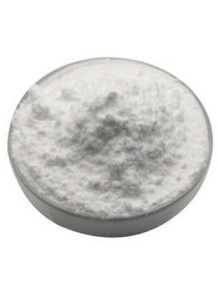Polyethylene Glycol 20000 (PEG400, Macrogol 20000, Powder)
Drug
Code: 33417
a high molecular weight polymer with specialized applications in cosmetics, food, and pharmaceuticals
The product is EP/USP Conforms (Pharmaceutical Grade). Can be used in cosmetics/food/drug
Appearance: Powder
Cart
No products
Subtotal:
0.00
Total
0.00
THB



